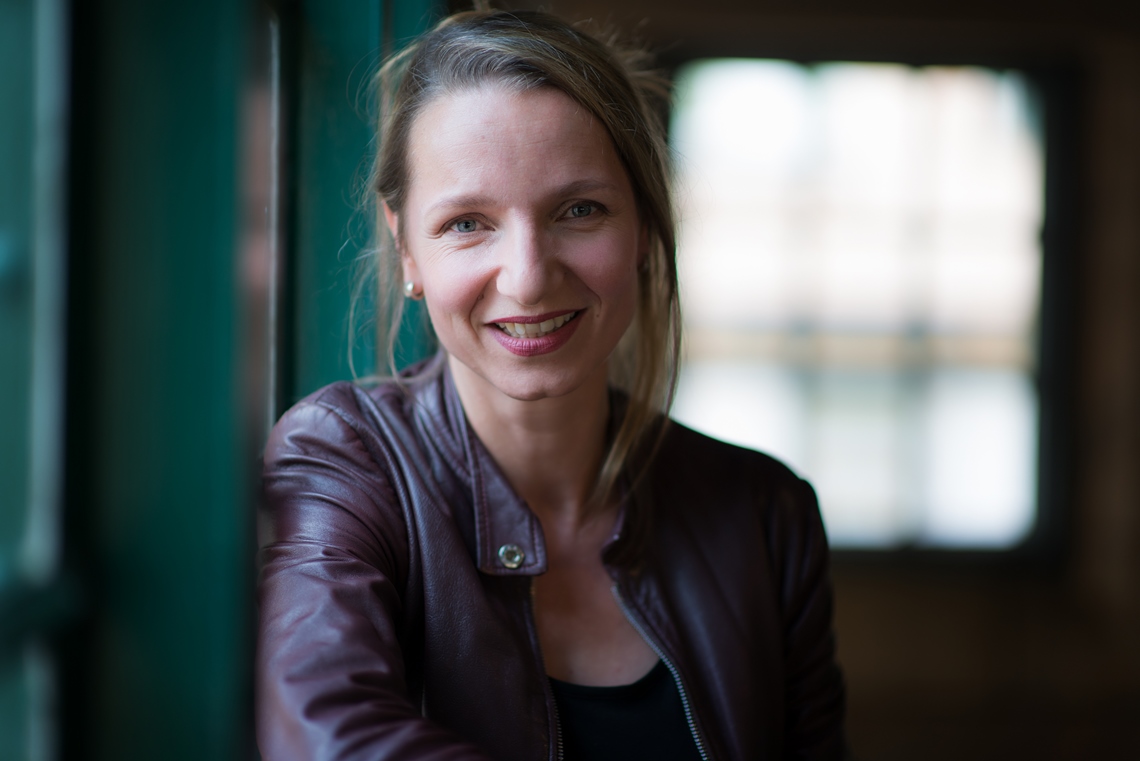
What is the focus of your work with artists and creatives?
To help and support them to follow their common inner themes and stay true to the creative core which brought them into this profession. This is very often shaken up during the processes of making the outside world aware of their work. Starting from there, we learn to draw out the best in the three personalities of the artist: the private life, the creative person and – as I call it – the “third person”, who must master all situations that do not fall into the other personalities’ categories (for example an art fair).
You are also an artist and psychologist. In what way does having these two perspectives make your work easier?
It doesn’t just make it easier – I consider it to be essential. In order to accompany people through sensitive phases of their lives, one should have psychological training and know well the real life situations of the people with whom they work. As an artist I have experienced how it is to be led by people who can do that intuitively and – even with the best intentions – sometimes achieve the opposite of what they set out to do. I repeatedly experience how a director stands completely baffled watching an engaged, highly rated actor getting ever worse and more helpless through rehearsals. The director is creative and under considerable pressure – but lacks the necessary distance from the situation. Psychologically trained consultants, on the other hand, often lack access to the creative profession and its particular laws when working with artists. I am well versed in the crises and challenges of creative work and life with this profession that things don’t shock me so easily. I believe high emotions and heavy self-doubt are very normal characteristics of creative personalities and feel no need to “heal” them – rather the opposite.
How can exhibitors at the KÖLNER LISTE benefit from taking part in the seminar?
They should leave with a strategy to better deal with and follow through with the things they find difficult. This typically involves everything to do with “self-marketing”. This shouldn’t be against the person, rather in harmony with the personality. To find out which way of life and career mouldings suits best, to arm them with a toolbox to circumnavigate their inner critic and do sensible things. To deal with criticism positively. I repeatedly see artists being told what they should and must do. They try to do these things (and hate it) and then see someone that just does what they think is right and hear “that is exactly what we meant! You have to do it like that!”. Every creative person is actually an expert on themselves. They should leave the seminar with this attitude and strength for their personal “to dos”.
Your new book, “Compass for Artists – a personal companion for creative” promises moral and practical support for everyday and professional life. Who is this book aimed at – and who should read it?
It is written for everyone who has something planned. For people who are still procrastinating, because the mountain seems so high. Because they can’t truly believe in themselves, or because others find their project ridiculous. But it’s also for people who are full of life and confidence. Realising a long-term project is a lonely road, and it does have to be that way. A book can be a pleasant companion for readers who can choose when and when not to turn to it.
How did the idea for the book come about?
The impulse came from the artists who read my first book, which deals with the psychological aspects of artistic life – but offers no practical solutions. I was often told there was a need for this. But for many years I had an inner resistance to writing down in black and white what could be applicable to individuals with all types of artistic characteristics. Five years later I found a reason for it as several of my concepts deliver logical approaches for many, and it became a “compass”: a help in self-orientation. Where this leads and along which paths remains a very personal thing.
You call for a re-evaluation of culture and creativity and describe “the artists’ way of life” as the life form of the future. What can we learn from artists for tomorrow’s world?
Fantasy, creativity, flexibility, humour, discipline, team spirit, inner reflection, self-motivation, material humbleness and spiritual delusions of grandeur, fitness (spiritual, soulful, bodily), tolerance to frustration and ambiguity (the opposite of black and white thinking), self-evaluation and a lifelong willingness to learn. I call these 15 important key competencies for dealing with our world the “Artists’ Way of Life”. Today, more than ever, we are challenged to create our own biographies rather than to follow our ancestors. Filling these empty spaces also set anxieties free. We should look around and observe who feels natural in these environments and learn from them. Creative circles are certainly rich in such people.


